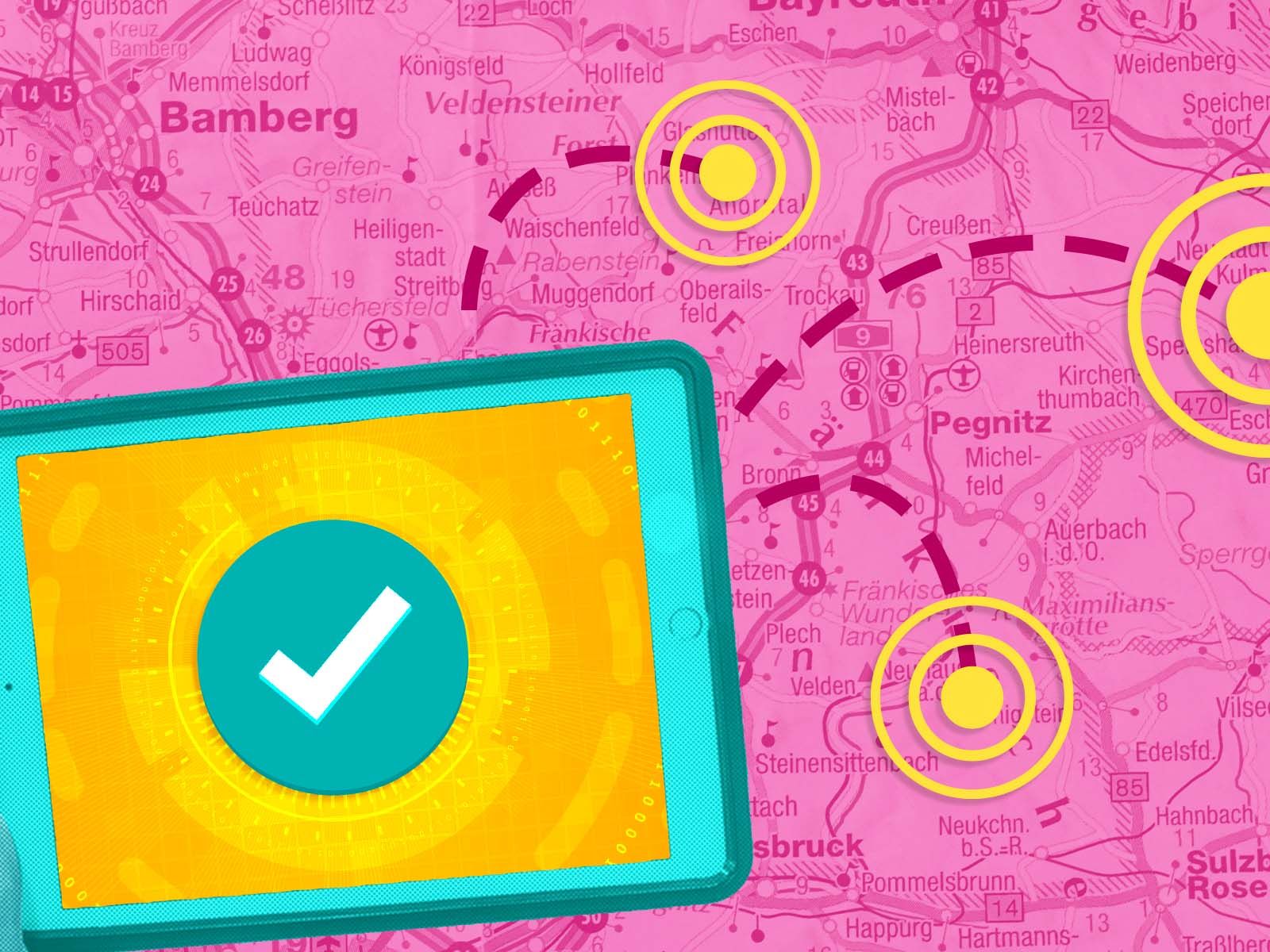Your Guide to Remote IoT Device Management
Your Guide to Remote IoT Device Management
- Last Updated: December 2, 2024
3STechlabs
- Last Updated: December 2, 2024



IoT is a network of various connected systems, devices, and sensors. Gateways, machines, and computers are aligned together to transfer information over the wireless network without human interference. IoT links people with things remotely, as well as things to things at the same time. The number of connected systems can be in the billions. Tracking and managing your IoT devices is essential to ensure the growth and security of your business. This is where remote IoT device management comes in.
'Learning about remote IoT device management is an important step to keeping your business secure and helping it grow.' - 3STechLab
What is IoT Device Management?
Internet of Things device management is a list of processes that include equipping, validation, configuration, monitoring, and analysis of the connected devices in an IoT environment with the objective to give and support the spectrum of their functional abilities. This is why an effective and secure IoT device management solution is highly recommended to connect multiple smart assets.
Challenges of Managing IoT Devices Remotely
In the era of the Internet of Things, the systems have the ability to utilize analytics and business intelligence faster and better than a human being. The reactions are recorded, and adjustments are made without any human involvement or acknowledgment.
Businesses today depend more on IoT devices to make better divisions, for cost reduction, and to improve efficiency among the businesses. Although the IoT networks are rapidly becoming a part of the business operations, there are still many challenges in managing the networks. From connectivity to scalability and security, let's look at some of the challenges facing remote IoT device management.
Security
One of the biggest challenges facing IoT device management is cybersecurity, as it concerns technological information. Cybersecurity doesn’t just focus on vulnerability or weakness of data connection but on everything linked to the hardware.
Let's take an IoT sensor smart manufacturing unit, for example. In the equipped units, a manager or maintenance associate can utilize a mobile device to check the status of the device, read data, or send commands. Now, what if an attacker tries to attack and seize the information through the machine using the weak security measures of the system? There is a possibility that the technician would shut down all the systems and linked machines, which would overheat or overload the system. It would also give access to the data of the organization.
Network Reliability
The local internet service provider faces downtime, and the entire system turns off during the power outage. Similarly, emergencies or climate changes can impact the data centers, which in most IoT solutions need to operate efficiently. In these situations, all the devices or systems can shut down completely.
Privacy
Most online connections are secured with the help of some sort of encryption, which indicates that the data is safely locked behind the software key and cannot be unlocked or translated without proper authorization.
Even though many companies are aware of this fact and still choose to stay away from those encryptions, it is more harmful when they store sensitive digital information like user accounts, passwords or pins, and personal information in a plaintext file over the internet. The IoT platforms can collect, transmit, and use data that is not encrypted or encoded. It can put businesses that deal with sensitive data at a higher risk.
Power, Storage, and Resources Utilization
Electronic devices and systems need energy to operate, and IoT is no different. It even needs physical storage spaces for the data. With large amounts of cloud and edge computing services, remote services need to save digital data too. These remote servers need an immense amount of energy. The data centers require large-scale cooling down systems.
Manage You IoT Devices Remotely: 5 Tips
So, how can you manage your IoT devices remotely? Here are five main tips businesses can use when it comes to IoT device management:
- Accept device loads as an opportunity for growth and not a challenge. These additional devices will transform and grow your business.
- Hiring economies of scale should be a focus. Whether you are dealing with tens or thousands of device management, it should be an easy and trouble-free task. This is only possible when you use Mobile Device Management (MDM) tools for IoT network management.
- Real-time alerts and remote monitoring plays an important role in managing IoT devices. It will help to lower the impact downtime of the system as well as operational cost.
- IoT is a complex landscape with a huge amount of devices, cloud, connections, sensors, data, and many more things. In such cases, dealing with constantly increasing requirements and network add-ons becomes a big challenge.
- Make your investment future-proof. Every other day new protocols and standards of IoT are introduced in the market. It is good to keep up with the changes that are emerging to keep your business up with the competitive market.
Learning about remote IoT device management is an important step to keeping your business secure and helping it grow. IoT consulting services can also be helpful for security and improving efficiency. Being aware of the challenges, tips, and new standards in the IoT market will make your remote IoT device management both effective and tailored to the needs of your business.
The Most Comprehensive IoT Newsletter for Enterprises
Showcasing the highest-quality content, resources, news, and insights from the world of the Internet of Things. Subscribe to remain informed and up-to-date.
New Podcast Episode

Moving Past the Pilot Phase in IoT and AI
Related Articles
Why Device Manufacturers Are Moving Away From SaaS IoT Device Management Platforms
December 29, 2025

Designing a Secure Remote Access Solution for On-Prem IoT Devices using AWS Services
December 24, 2025

Building Connected Industry: Synergizing IoT, CNC Equipment, and Business Software Solutions
November 19, 2025



